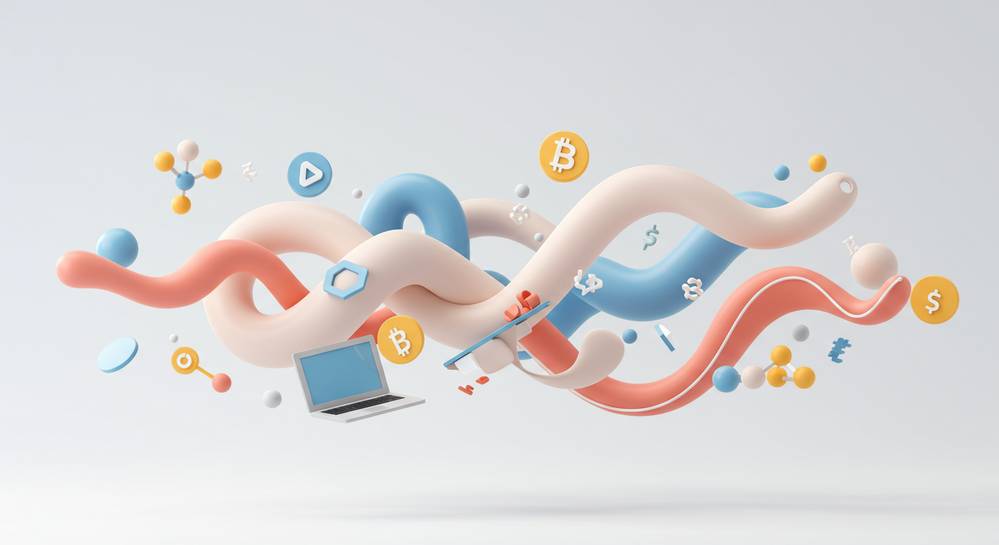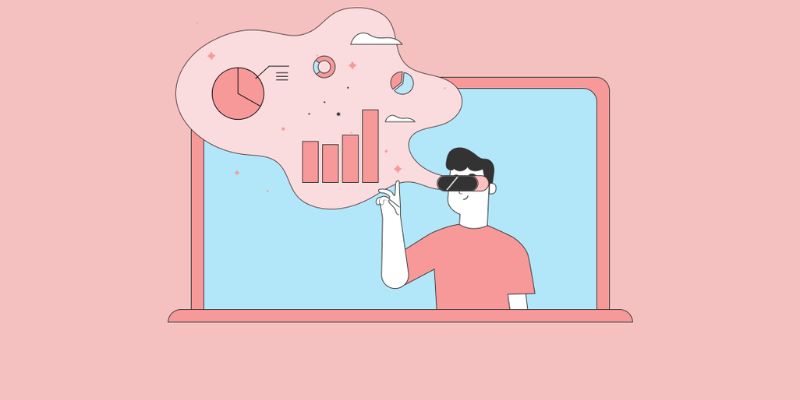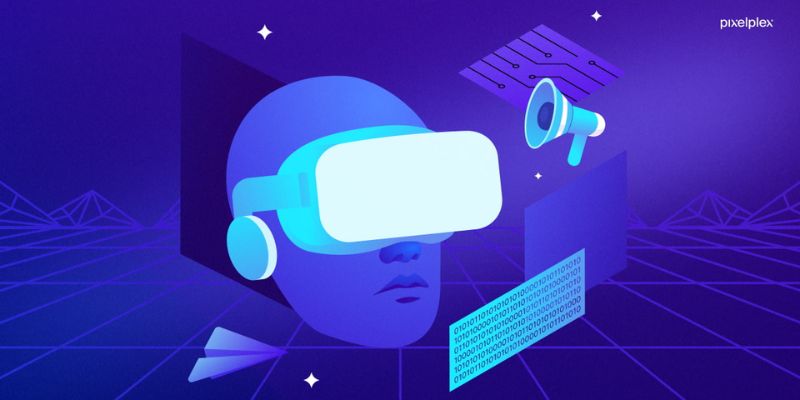Digital Literacy in Education: The Key to Unlocking Future Success
Picture this: You’re a student in a world where tech rules. Want to keep up? The Importance of digital literacy in education is your ticket. Think about it – it’s how we share ideas, solve problems, and even hang out with friends. It’s huge! We learn with it, work with it, and create with it. So, learning to use it smartly is a must-have skill for any student eyeing success. Let’s dive in and learn what makes digital smarts so crucial and how they can shape your future. Get ready to talk about key skills, why they matter, and ways to get them. It’s time to take control and make tech work for you. Let’s go!
Understanding the Components of Digital Literacy in Education
Defining Digital Literacy Skills and Their Role in Learning
Digital literacy skills are crucial. They help us use and understand tech better. Tech plays a big part in our lives, especially when learning. In school, these skills let kids find, use, and share info wisely online. They also learn to create digital content and think critically about what they see online.
Learning to be safe online is a big part of digital literacy. This means knowing how not to fall for scams and how to keep your info private. With good digital literacy, kids can make the most out of the internet. It also helps them stay safe while online.
Crafting a Digital Literacy Curriculum to Foster Comprehensive Skills
A great digital literacy curriculum gives students the skills they need for today and tomorrow. It combines tech knowledge, like how to use devices, with how to think and solve problems. One goal is preparing students for a digital workforce. It’s not just about using apps or the internet. It’s about understanding tech in a deep way.
By learning digital skills, students can work well with others online. They can create cool things like videos, blogs, or even code. And they get a feel for how tech can help solve real-world problems. Teachers play a big role, too. With training, they can better guide their students in tech. This helps everyone learn more and do better in class.
In this curriculum, students get hands-on with tech. They use educational apps and get into e-learning. This can make class more fun and interactive. Kids learn better when they’re having fun. Schools want to make sure no one is left behind. So, they work to close the digital divide. This way, all students can enjoy the benefits of learning with tech.
Students also work together using tech. Collaborative learning through technology helps them learn to work as a team. Plus, they get to help each other and build friendship or respect. Schools use tech to test students’ skills in new ways. These can be more fun and show better what students know. Teachers can see the results faster and help students who need it more.
One big aim is to help students be ready for jobs that need tech skills. Today, almost all jobs use some kind of tech. By learning these skills now, students prepare to shine in any job they choose later.
The Internet is huge, and knowing how to search it well is important. Students learn online research skills. This helps them find good info and understand it. They also learn about digital ethics. That means using tech in the right way, not to hurt or cheat anyone.
All this helps students do better in school now. Plus, it preps them for the world outside school — a world full of tech. When schools mix good teaching with the right tech, students win. They learn more, enjoy class, and get ready to do great things in the future.
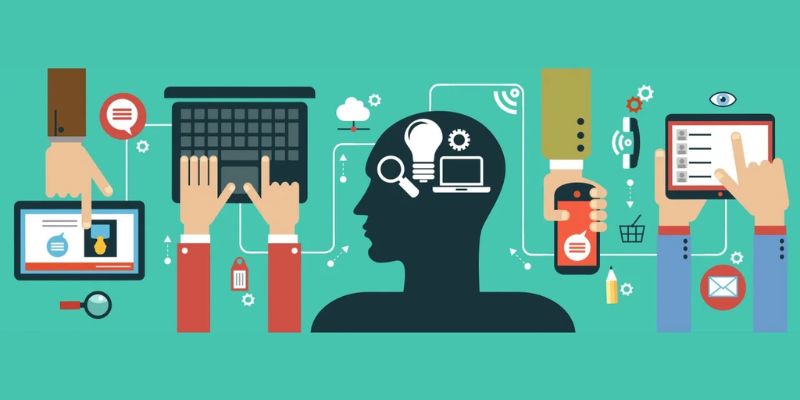
The Role of Technology Integration in Promoting 21st Century Learning
Strategies for Integrating Technology in Education
Putting technology in classrooms helps kids learn in fun, new ways. It’s like giving them cool new playground equipment to explore and learn from. Teachers can use tech to make lessons more interesting. For example, they can use videos to show a rainforest or use online games that make math fun. This way, kids get to see and hear things that they can’t in a regular classroom, making learning super awesome!
Teaching with tech also means kids can learn anytime, anywhere. They can watch a science experiment video at home or play an educational game on a tablet. This keeps their minds working even after school is over. Plus, it helps kids who learn in different ways. Maybe reading is hard for some, but with videos or games, they get it. That’s the magic of tech in learning!
The Synergy Between 21st Century Skills and Technology in the Classroom
Tech in class helps with 21st century skills. These are skills kids need to do well when they grow up. We’re talking about things like solving problems, thinking hard, and working with others. Tech makes learning these skills better.
For example, when kids use tech to work on projects together, they learn to work as a team. They also use tech to find info and decide what’s true or not. This is super important today. And when it’s time to share their work, they learn to talk and write about their ideas clearly.
Tech also helps kids get ready for jobs that use computers. Most jobs today need people who know how to use tech well. So, learning with tech now is like practice for later. It can even help kids who want to make their own apps or games one day.
But that’s not all. Teachers need to learn, too. When teachers know tech, they can show kids how to use it best. And since some kids might not have much tech at home, it’s really important for schools to give everyone a chance to use it.
In the end, using tech in class isn’t just about gadgets. It’s about helping kids learn, grow, and get ready for the big world out there. And that’s a big win for everyone!
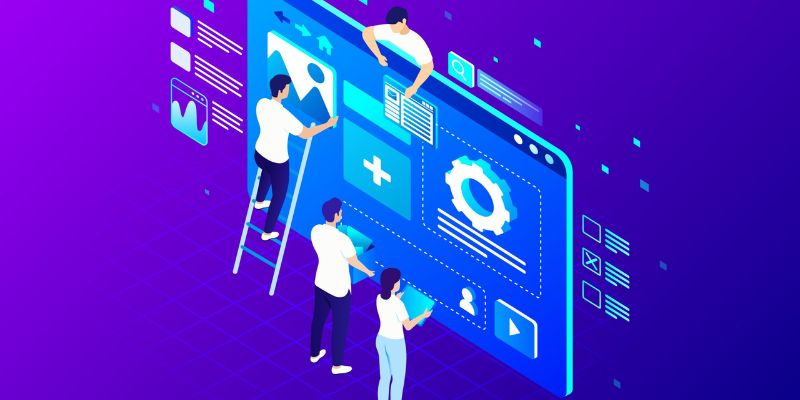
Maximizing Student Engagement Through Digital Tools
Innovative Digital Learning Resources for Enhanced Interaction
Digital tools are game changers in the classroom. They make lessons exciting and keep students hooked. Modern classes buzz with digital literacy skills. Think of it like a toolbox. It’s filled with shiny, high-tech gadgets, all with cool uses in learning. The key is knowing which tool fits the job.
Kids love stories, right? So digital storytelling hits the spot. It’s a mix of writing and tech smarts. Students get to create, share, and watch tales unfold on screens. It’s not just fun; it sharpens their multimedia literacy. They learn to convey messages in vibrant, visual ways.
Coding isn’t just for tech whizzes. Coding projects can be as simple as building a website or a game. This gets kids into the driver’s seat of tech creation. It’s one way to bring creative thinking and technology together.
Now, think about educational apps. They’re like virtual playgrounds for learning. Kids dive in and explore subjects through games, quizzes, and videos. It’s learning without even realizing it, and it’s a hit. This hands-on approach fosters digital fluency in education.
The Impact of Teacher Training in Technology on Student Involvement
Teachers bring tech to life in the classroom. But first, they need to know the ropes. That’s where teacher training in technology comes in. Studies say well-trained teachers mean more engaged students. Here’s the scoop: when teachers get tech training, they have more tricks up their sleeve.
Tech-savvy teachers design lessons that are out of this world. Like virtual field trips. Kids can explore the seabed or the stars without leaving their desks. It feels like magic but it’s real. This kind of lesson is a win for everyone.
Collaborative learning through technology, that’s another biggie. It’s teamwork, but digital. Kids connect, work, and solve puzzles together with tech. It builds their skills in working with others. Plus, it’s a blast. Talking and sharing ideas online can lead to making new friends, too.
Teachers trained in tech also know how to keep things safe online. They teach online safety for students. With their guidance, kids navigate the web like pros and steer clear of trouble. It’s a relief for parents, too, knowing kids are in safe hands.
To wrap it up, technology in education isn’t the future, it’s now. We’re not just talking. We’re acting. We’re coaxing this digital wave into our schools. Because when we do, we’re not just teaching subjects, we’re preparing students for the digital workforce.
In a world that’s online 24/7, these digital literacy skills are must-haves. They turn classrooms into launchpads for students’ dreams. And that’s a journey worth taking.

Cultivating Responsible Digital Citizens for a Safe Online Environment
Importance of Digital Citizenship and Online Safety in Schools
What makes good digital citizenship? It means using the internet in a smart, safe way. Schools have a big role in teaching this. Students learn to share nicely, stay safe, and respect others online—just like in real life. Learning online safety is a must. It keeps kids safe from bad folks and bad choices. The internet is huge. Everyone must know how to keep personal stuff private.
Online safety for students isn’t just a school thing—it’s a future thing. Using digital tools means kids must think about what they post and share. They must protect themselves and understand the internet’s big footprint. Digital citizenship covers all this. It makes tech use in school safer and smarter.
Leading by Example: Internet Skills for Educators Promoting Digital Ethics
Teachers are key in making digital ethics stick. They show how to search, share, and create online the right way. Students watch and learn. So, teachers must be internet whizzes, making sure their skills are top-notch. Here’s why: kids do what they see. When teachers use tech well, kids learn to do the same.
Educators share cool stuff about being safe online. They tell you why passwords matter and why it’s bad to download weird stuff. Teachers also help students build walls around their online lives. By teaching these skills, they set kids up to think on their feet. With strong internet skills, students learn to leave the right digital footprints.
Being good with tech isn’t just about knowing a bunch of stuff. It’s about making smart, kind choices every time you click or tap. Good internet skills mean you can explore, learn, and connect safely. They show you how to be a champ online—not just a user, but a smart one.
We dived into how digital literacy shapes learning today. We saw that it’s vital for students to get digital skills for their future. It isn’t just about knowing tech. It’s about using it smart and being safe online. We also talked about how teachers must blend tech into lessons to help kids master real-world skills. And we touched on tools that make learning fun and get students to take part more. I also showed why teachers need to know tech to guide students right.
To end, my final thought is this: teaching digital literacy is key. We need to prepare kids to face the digital world head-on. This means learning how to use tech well and stay safe online. It’s a big task, but totally worth it for our kids’ futures. Let’s make sure we’re giving them the best start we can!
Q&A :
Why is digital literacy critical in today’s educational landscape?
Digital literacy encompasses a range of skills that are crucial for navigating the modern world, including the ability to find, evaluate, create, and communicate information using digital technologies. In an educational context, digital literacy equips students with the necessary tools to succeed in a rapidly evolving digital age. It promotes critical thinking, enhances learning through multimedia tools, and prepares students for future jobs that will inevitably require tech-savviness.
How does digital literacy impact students’ learning experiences?
Digital literacy transforms learning experiences by providing students with access to a global repository of information and diverse perspectives. This access enables personalized learning paths, encourages engagement through interactive resources, and supports the development of higher-order thinking skills. Furthermore, these competencies are essential for students to effectively collaborate in virtual environments and contribute responsibly to digital communities.
What role do educators play in fostering digital literacy?
Educators are pivotal in fostering digital literacy by integrating technology into the curriculum and demonstrating how to use digital tools effectively and responsibly. It’s essential for teachers to guide students in discerning reliable sources, protecting personal information online, and understanding digital etiquette. Professional development for educators is also crucial in ensuring they are up-to-date with the latest digital tools and educational practices.
Can digital literacy help bridge the educational gap in underserved communities?
Yes, digital literacy can be a significant equalizer by providing underserved communities with access to quality educational resources and global connectivity. Ensuring that students in these communities have the digital skills and tools to access online learning opportunities is critical in closing the educational divide. This includes not only the provision of hardware and internet access but also the training and support to effectively leverage technology for learning.
What are the long-term benefits of integrating digital literacy into education?
Integrating digital literacy into education prepares students for the demands of the 21st-century workforce, where technology is ubiquitous. It fosters a lifelong learning mindset, with the ability to continually adapt to new technologies and digital environments. Additionally, it encourages the development of digital citizenship, where individuals use technology not only for personal and professional growth but also to contribute positively to society.

